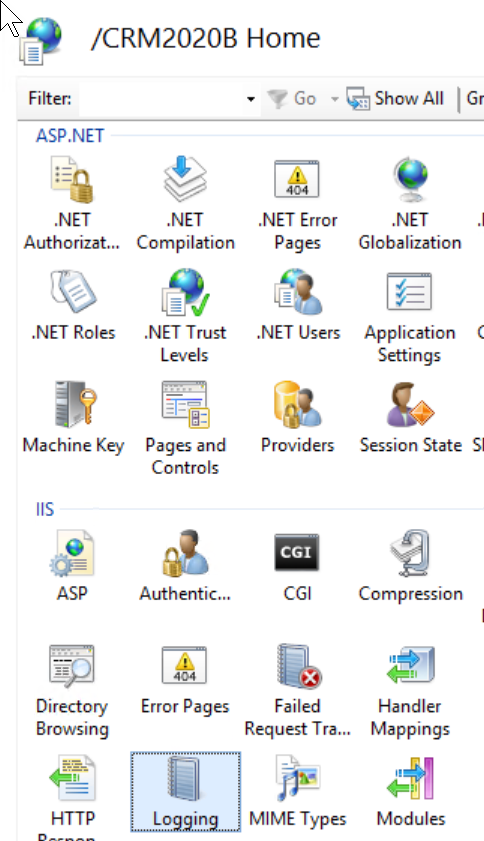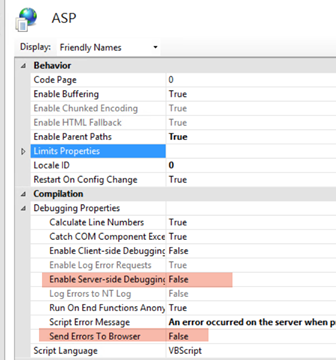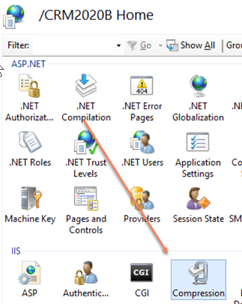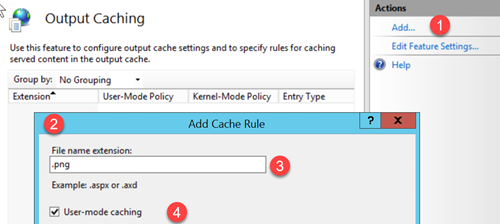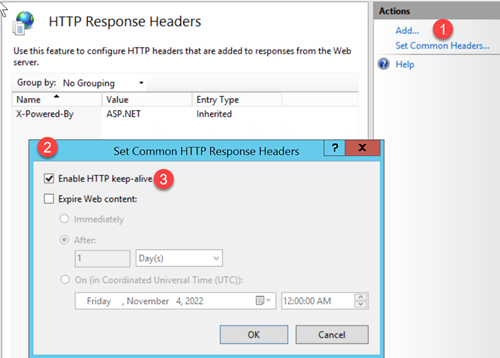Here are a few simple and safe ways to speed up your Sage CRM system
Achieved by tweaking some IIS settings.
I say simple and safe but for legal purposes…. implement these at your own risk 🙂
We are also going to assume you are somewhat familiar with IIS.
1. Reduce logging.
In a production environment you should minimize or reduce logging. You can always turn it back if needed.
Steps:
Open Internet Information Services (IIS) Manager.
In the Connections pane, click to expand Sites, click to select the CRM site,
click to select Features View, and then double-click the Logging feature.
Click Disable in the Actions pane to disable logging for this Web site.
2. Disable IIS ASP debugging
Steps:
Return to the Features pane and select ASP
Set the Enable Server-side Debugging and Send Errors To Browser to be False
Make sure you click “Apply” in the top right hand corner after doing this.
3. Enable IIS HTTP compression
Steps:
The first step is to make sure this is turned on at the windows level. To do this open windows server manager.
Click through the Add Roles and Settings and find Web Server (IIS). Expand the node until you see Dynamic Content Compression
Check this and continue until this is installed.
Next within IIS select the Compression item from the features pane
Open this and check both checkboxes and click Apply.
Its worth noting that this one might have the opposite effect if your server is not a great performer.
4. Output Caching.
Steps:
In the features pane select “Output caching”.
Click Add (1)
and this opens a dialog (2)
Enter in the file extension (3) you want cached. We recommend images and js files.
Check “User-mode caching”
For each file extension you repeat this process
5. Enable HTTP keep-alive
When Keep-Alive is turned on, the client and the server agree to keep the connection for subsequent requests or responses open.
Makes sense so to do this right?
Steps:
In the features pane select the “HTTP Response Headers”
Click Add (1)
and the dialog (2) opens
Check the option to “Enable HTTP keep-alive” (3)
References:
https://learn.microsoft.com/en-us/biztalk/technical-guides/optimizing-iis-performance
https://learn.microsoft.com/en-us/iis/configuration/system.webserver/httpprotocol/
https://learn.microsoft.com/en-us/iis/configuration/system.webserver/httpcompression/

